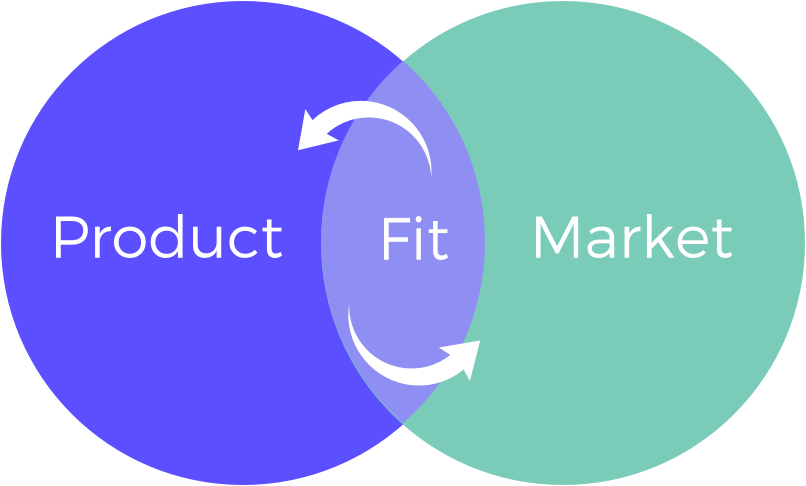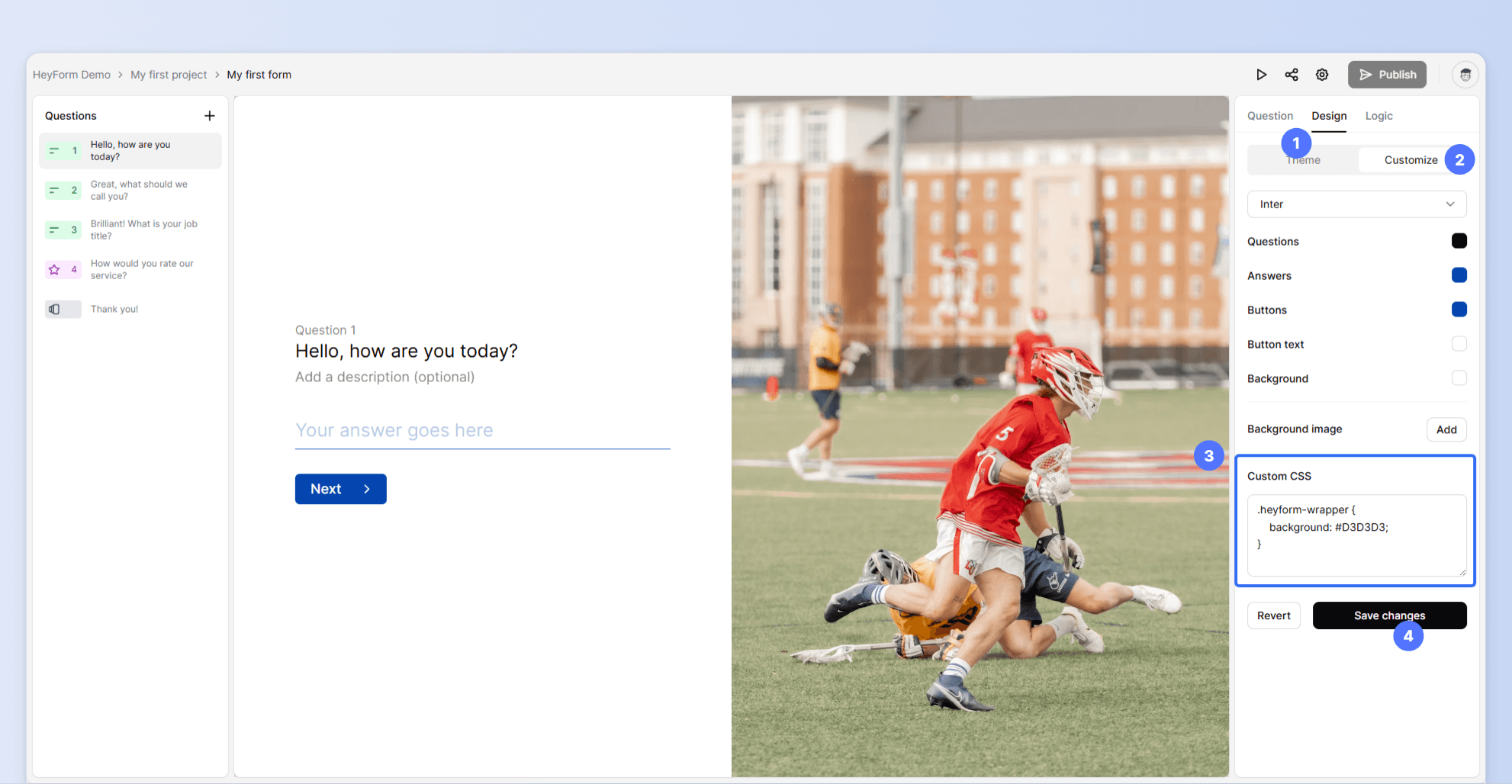How to craft a Product Market Fit survey that speaks to your audience
Discover how to craft and analyze a Product Market Fit survey with HeyForm to align your product perfectly with market demands.

Product Market Fit (PMF) is often referred to as the magic bullet to know how successful your product will be in the intended market. But what does it really mean to achieve PMF? Simply put, PMF happens when there's a strong market demand for your product. In this article, we explore how you can use surveys—specifically via HeyForm—to determine whether your product truly fits the intended market.
Imagine launching a product that everyone needs but no one knows that they need it until they see it. To reach that level of insight does not involve luck, it requires an understanding and the implementation of strategies that deeply resonate with the customers.
What is Product Market Fit?
PMF is not just another buzzword. It's a very important milestone for any startup or business looking forward to scale effectively. It means your product is the right solution to a significant problem your target audience faces. Indications you have attained PMF are:
- High user engagement
- Organic growth in customer acquisition
- Positive feedback loop from user input
However, not having PMF can result in slow-moving sales and marketing efforts that seem to scream into the void. That's why measuring PMF through direct customer feedback, like surveys, can dramatically steer your product toward success.
The Role of Surveys in Measuring Product Market Fit
Surveys are instruments that allow a more direct view of what customers are thinking, needing, and preferring. Now, not all surveys are made the same. Conversational forms, like those created with HeyForm, guarantee higher response rates and, in turn, higher accuracy in the data collected.
Designing Your Product Market Fit Survey with HeyForm
Build Forms with Ease
Creating an effective PMF survey doesn't have to be complicated. Use a variety of inputs that will give you the best response:
- Text fields—gather basic information like a name and contact details
- Picture choices—can help you understand user preferences on product designs or features
- Date pickers—indicate when the respondent can possibly make a purchase, and this shows the customer's preference, which is crucial in predicting demand
Customize to Your Brand
Your survey is as good as your brand. HeyForm has a host of customization settings that keep your brand identity in your surveys:
- Change fonts, colors, backgrounds—everything, so the survey feels like a brand original
- Use a custom CSS for deep personalization—this lets each survey be truly one-of-a-kind

Smart Logic for Dynamic Surveys
The dynamic nature of the features such as conditional logic and URL redirections helps in making survey experience adaptive to individual responses. This, therefore, means that should a user show a particular interest in one of your questions, you can have them automatically presented with relevant follow-up questions, making the relevance and engagement of your survey more effective.
Distributing the Survey
Once you have created your survey, it is important to distribute it strategically. Here's how to ensure your Product Market Fit survey reaches the right audience:
Deployment Channels:
- Use your email lists, social media channels, and website for deploying the survey. You might look into paid ads if you want to target a distinct demographic beyond your existing audience.
- Consideration: Think of reward incentives like discounts or entry to a giveaway for respondents as an additional factor that could result in taking action. Make your call-to-action simple and compelling.
Ease of Access
Design the survey keeping in mind a mobile-first mentality, as most of the respondents will access it from their handhelds or using the HeyForm app.
Analyzing the Data
The data collected from your PMF survey is a goldmine of insights. Here’s how to analyze and utilize this information effectively with HeyForm:
Analyze and Act on Data
- Interpretation of Results: Use HeyForm’s analytics dashboard to monitor key metrics such as completion rates and drop-off points. This can indicate whether certain questions are too complex or unengaging.
- Actionable Insights: Look for patterns in responses that suggest improvements or changes to your product. High interest in a particular feature could guide future development priorities.
Data Export and Utilization
- Exporting Data: HeyForm allows you to easily export survey results to CSV format. This makes it simple to integrate the data with other tools for further analysis.
- Integration: Incorporate survey findings into your business strategy. This could influence product design, marketing approaches, and customer service enhancements.
Case Study
Consider the case of a startup that launched a new app and used a HeyForm survey to assess PMF. The survey revealed that while the app was popular, users were looking for additional features that were not initially considered. The startup quickly adapted, enhancing their app with these features, which doubled their user base within months.
- Features Utilized: They took advantage of HeyForm’s smart logic and customization options to ensure the survey was engaging and on-brand.
- Outcome: This direct feedback loop allowed the startup to pivot effectively, greatly enhancing their market fit.
Conclusion
Product-Market Fit is key. You can measure it as effectively as a factor for success in your product. Build highly engaging surveys with HeyForm, on a really user-friendly platform that can extract insights required for maintaining PMF. Listen to feedback and let them guide you into finetuning your product and strategies. Start crafting your own PMF survey with HeyForm today, and turn audience insights into actionable growth!
Additional Tips
- Continuous Learning: Keep your surveys dynamic. Update them based on the changing needs of your market and as you gather more feedback.
- Iterative Process: Treat PMF assessment as an ongoing process. Regular surveys can help you keep pace with market changes and evolving customer expectations.
